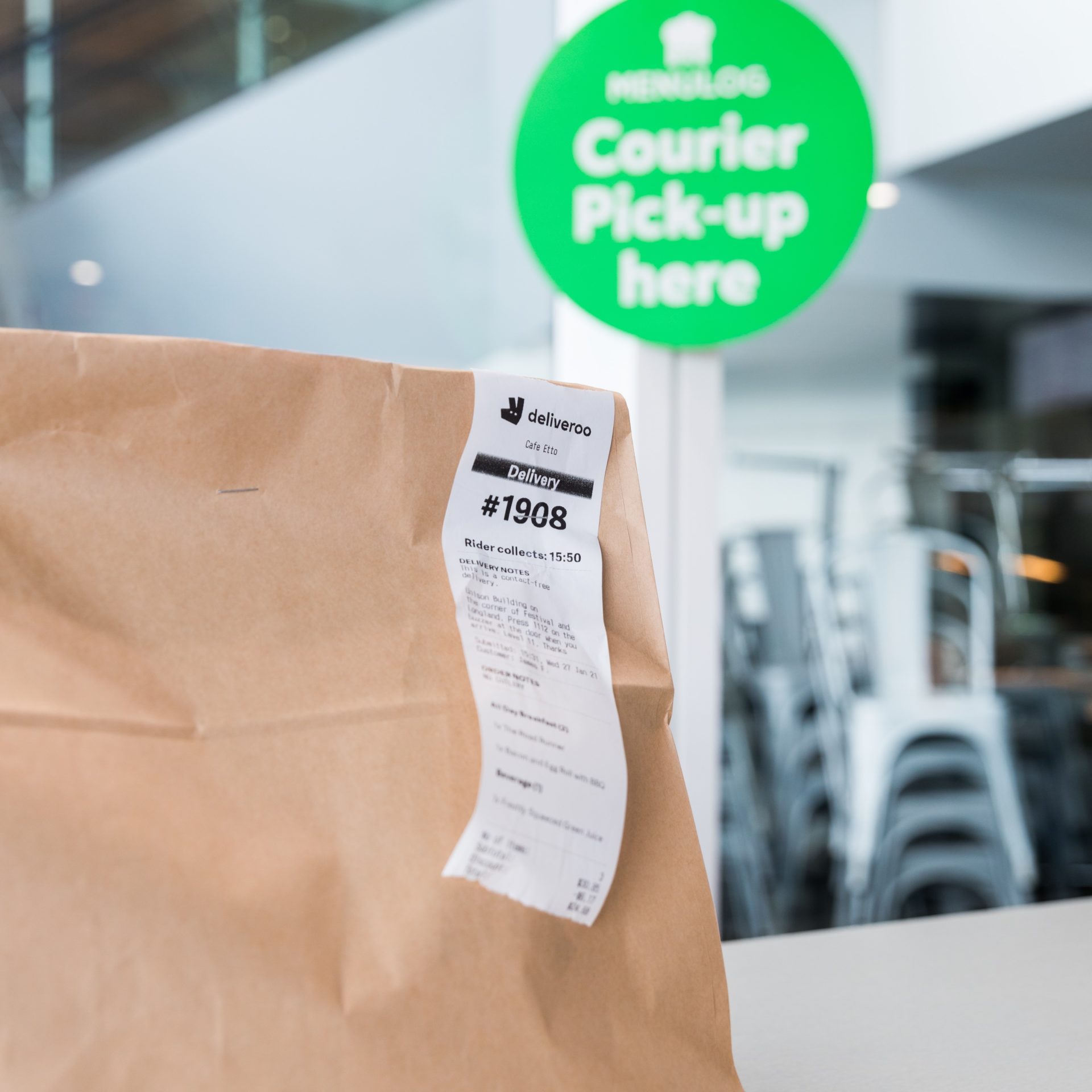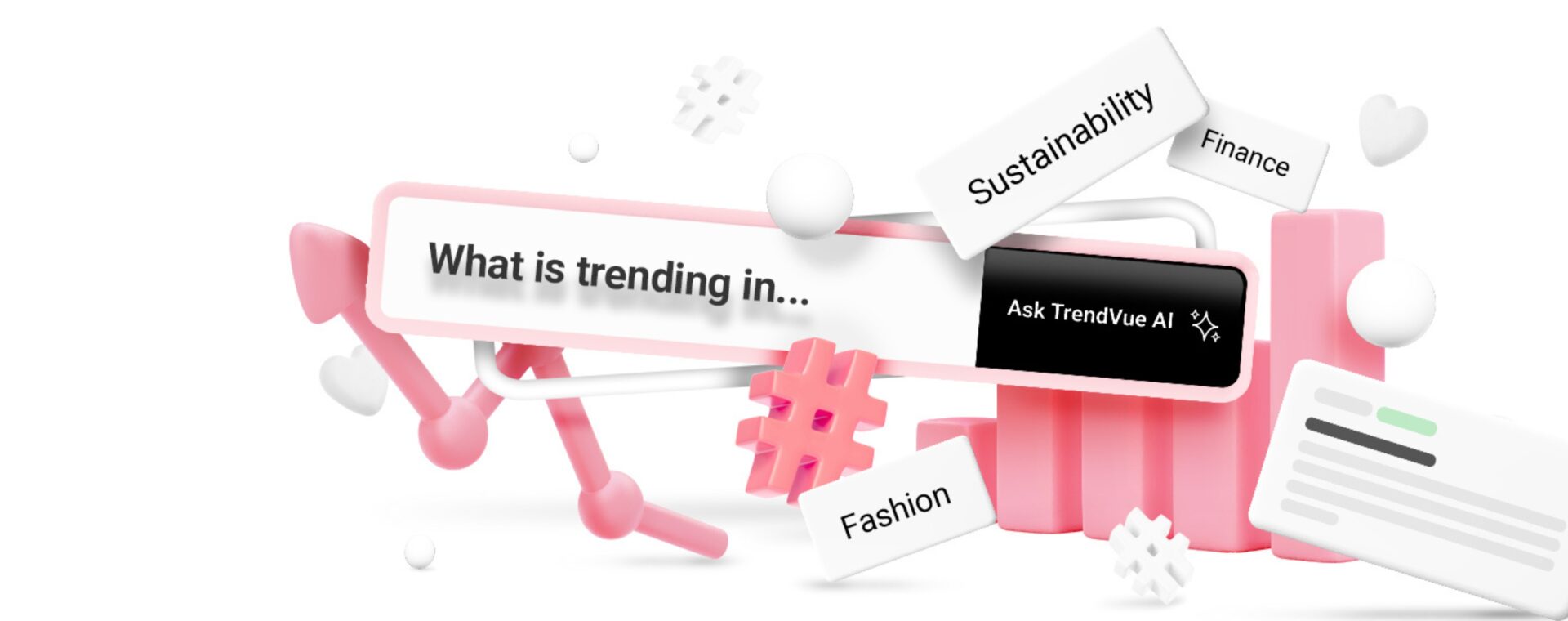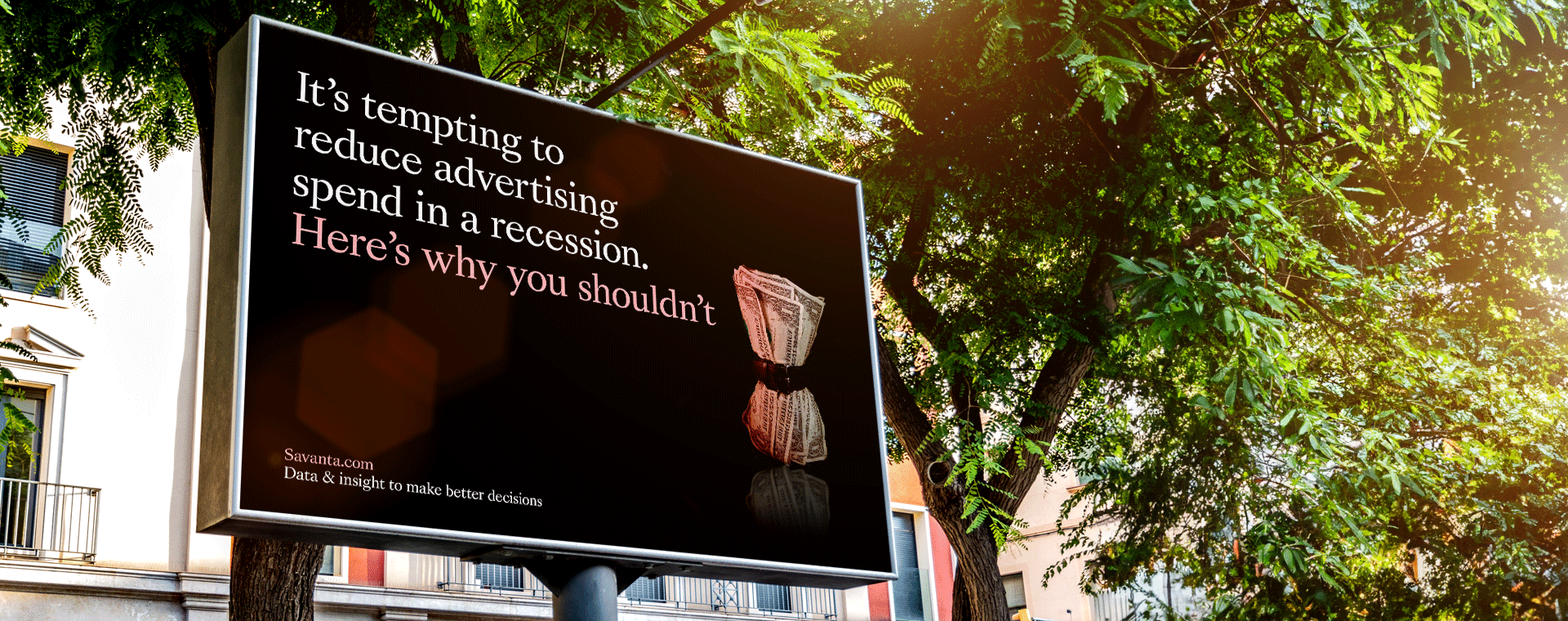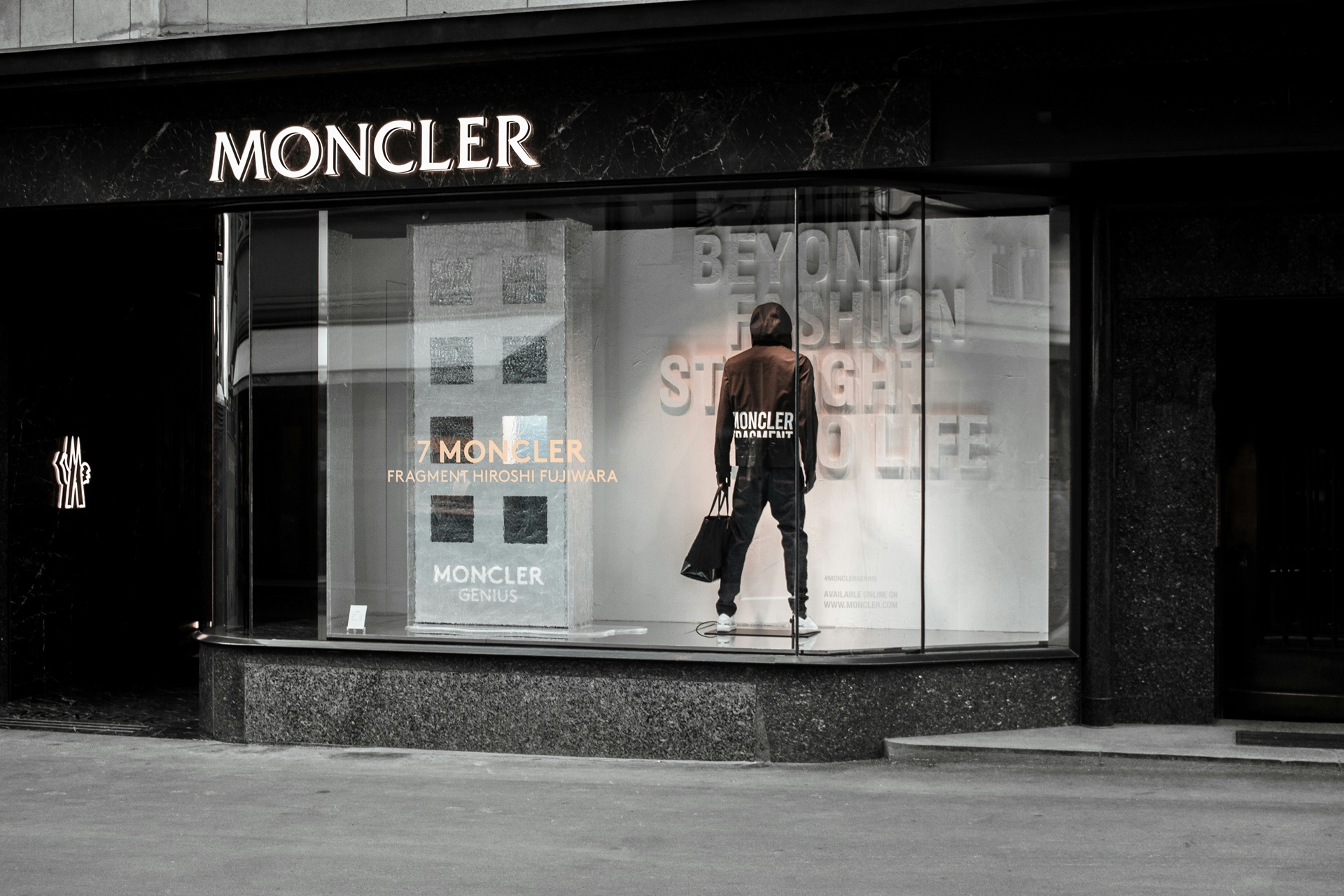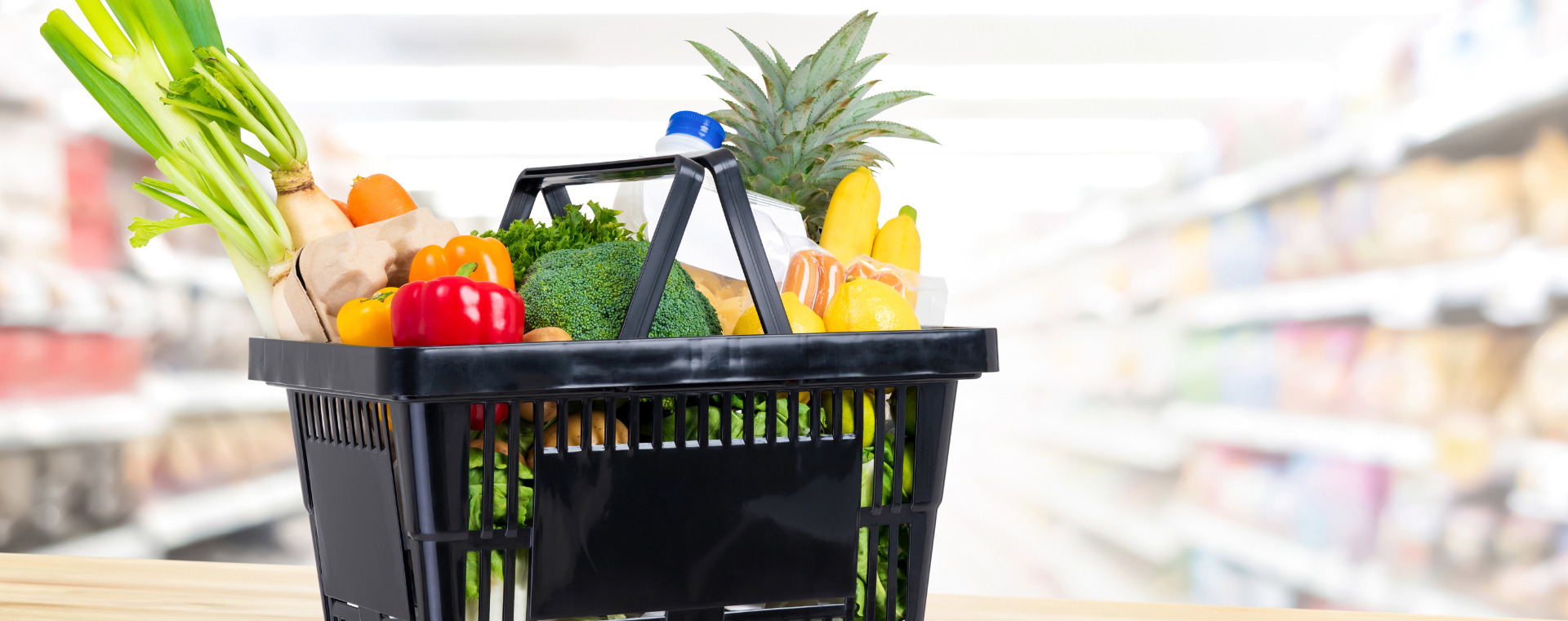
Will restaurants benefit from the growth of delivery platforms?
No industry can escape the disruption created by the internet. This is especially true for businesses historically serving their customers through physical buildings, like pubs, cafés, and restaurants.
One thing is certain, restaurants won’t be able to thrive (or survive) if they ignore the challenge and opportunity of omnichannel and the delivery platforms...
The trend towards internet-driven hand-held convenience leaves many legacy brands with the dual problem of too many under-used buildings located on dwindling highstreets and the need to build a parallel online alternative. Further, consumer research shows consumers want these two worlds to integrate “seamlessly”. For mature businesses run by mature people, going “omnichannel” was never going to be quick, easy or painless. Covid has amplified the need for businesses to embrace omnichannel.
Fortunately for many restaurant operators solving the problem can be outsourced to brands like Deliveroo, Just Eat and Uber Eats. By hooking up their sites to these platforms, UK diners are immediately connected to high-street brands’ menus, the kitchens are busy and there’s a cheque in the post at the end of the month. There are downsides but also many positives including the fact that the platforms are themselves locked in fierce competition, meaning demand is being stoked for restaurants at little or no cost.
The data shows that usage of Deliveroo and Uber Eats has rocketed during the pandemic. Interestingly though, the usage of delivery platforms that only offer a single brand has not. This shows how consumers are using the platforms to access the variety of the sector.
Savanta’s Covid Data Tracker clearly shows that upon reopening the first thing consumers have consistently wanted to do is visit a restaurant, (2 in 3 UK adults) and this number is steadily rising as the prospect of a return to highstreets and workplaces becomes a reality.
What’s for sure is that few people can effectively call the future. But one thing is certain, restaurants won’t be able to thrive (or survive) if they ignore the challenge and opportunity of omnichannel and the delivery platforms, which have now become a standard fixture in how consumers find and receive the food they eat for all sorts of occasions. Delivery means different things to different restaurants. For some it’s a way of never having to build and fit out restaurants, for others it’s a natural complement. Winning on a platform requires different skills than winning on the high street. Either way, data and insights can inform better decisions for all restaurants and BrandVue Eating out is a great tool for any hospitality businesses looking to navigate the coming months and years.
